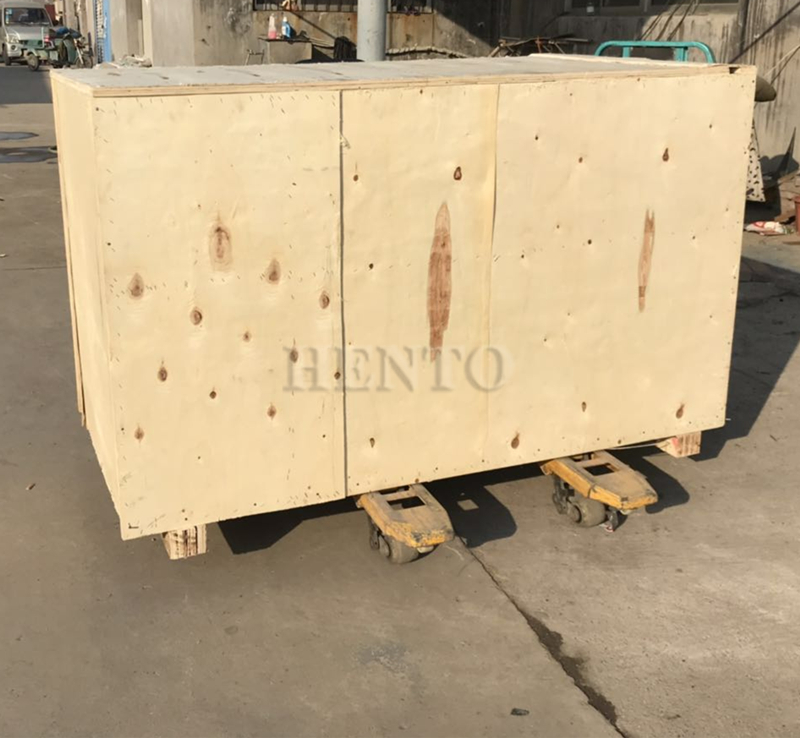Efficient PVC Exhaust Fans for Enhanced Ventilation and Air Quality Solutions
Nov . 07, 2024 13:49 Back to list
Efficient PVC Exhaust Fans for Enhanced Ventilation and Air Quality Solutions
The Importance of PVC Exhaust Fans in Modern Ventilation Systems
In today's industrial and commercial settings, efficient ventilation is paramount for ensuring a safe and productive environment. One of the key components that contribute to effective ventilation is the exhaust fan. Among the various types available, PVC exhaust fans stand out due to their unique properties and advantages. In this article, we will explore the significance of PVC exhaust fans, their applications, and how they enhance air quality.
What are PVC Exhaust Fans?
PVC exhaust fans are ventilation devices constructed primarily from polyvinyl chloride (PVC), a durable plastic known for its resistance to corrosion and chemical exposure. This makes them particularly suitable for environments where moisture and harsh chemicals are prevalent, such as kitchens, laboratories, and industrial facilities. The design of these fans allows them to effectively remove contaminated or stale air, replacing it with fresh air, thus maintaining a healthy atmosphere.
Key Benefits of PVC Exhaust Fans
1. Corrosion Resistance One of the most significant advantages of PVC exhaust fans is their resistance to corrosive elements. Unlike metal fans, which can rust and degrade over time, PVC fans maintain their integrity even when exposed to humid or chemical-laden environments. This longevity translates to lower maintenance costs and fewer replacements over time.
2. Lightweight and Easy to Install PVC is lighter than metal, making PVC exhaust fans easier to handle and install. This reduces labor costs and time during installation, enabling quicker deployment in both new construction and retrofitting projects.
3. Energy Efficiency Modern PVC exhaust fans are designed with energy efficiency in mind. Many models include features such as low-power motors and variable speed settings, which help minimize electricity consumption while maintaining optimal airflow. This is particularly beneficial for businesses conscious of their energy costs and environmental impact.
4. Quiet Operation Noise pollution can be a significant concern in many settings. PVC exhaust fans are often engineered to operate quietly, ensuring that they do not disrupt the workplace or living spaces. This feature is invaluable in environments such as hospitals, offices, and residential areas where noise reduction is essential.
pvc exhaust fan

5. Versatility PVC exhaust fans are available in various sizes and configurations, making them suitable for a wide range of applications. Whether it’s a small bathroom, a commercial kitchen, or a large industrial facility, there is likely a PVC exhaust fan configuration that meets the specific needs of the space.
Applications of PVC Exhaust Fans
The applications for PVC exhaust fans are numerous. They are commonly used in the following settings
- Residential Settings In homes, PVC exhaust fans can be used in bathrooms and kitchens to remove excess moisture and odors, preventing mold growth and improving air quality.
- Industrial Facilities Many manufacturing environments utilize PVC exhaust fans to eliminate harmful fumes, dust, or particulate matter, ensuring compliance with health and safety regulations.
- Laboratories In laboratories where chemical reactions are commonplace, PVC exhaust fans help prevent the accumulation of hazardous vapors and maintain a safe working environment for researchers and technicians.
Conclusion
In conclusion, PVC exhaust fans play a crucial role in modern ventilation systems, offering numerous benefits that enhance air quality while ensuring durability and efficiency. Their resistance to corrosion, lightweight nature, energy efficiency, quiet operation, and versatility make them an ideal choice for a wide range of applications. As industries continue to prioritize air quality and worker safety, the demand for reliable ventilation solutions like PVC exhaust fans is likely to grow, underscoring their significance in both commercial and residential environments. Investing in high-quality PVC exhaust fans not only improves the air quality but also contributes to the longevity and efficiency of ventilation systems.
-
Hot Sale 24 & 18 Door Rabbit Cages - Premium Breeding Solutions
NewsJul.25,2025
-
Automatic Feeding Line System Pan Feeder Nipple Drinker - Anping County Yize Metal Products Co., Ltd.
NewsJul.21,2025
-
Automatic Feeding Line System Pan Feeder Nipple Drinker - Anping County Yize Metal Products Co., Ltd.
NewsJul.21,2025
-
Automatic Feeding Line System - Anping Yize | Precision & Nipple
NewsJul.21,2025
-
Automatic Feeding Line System - Anping Yize | Precision & Nipple
NewsJul.21,2025
-
Automatic Feeding Line System-Anping County Yize Metal Products Co., Ltd.|Efficient Feed Distribution&Customized Animal Farming Solutions
NewsJul.21,2025






